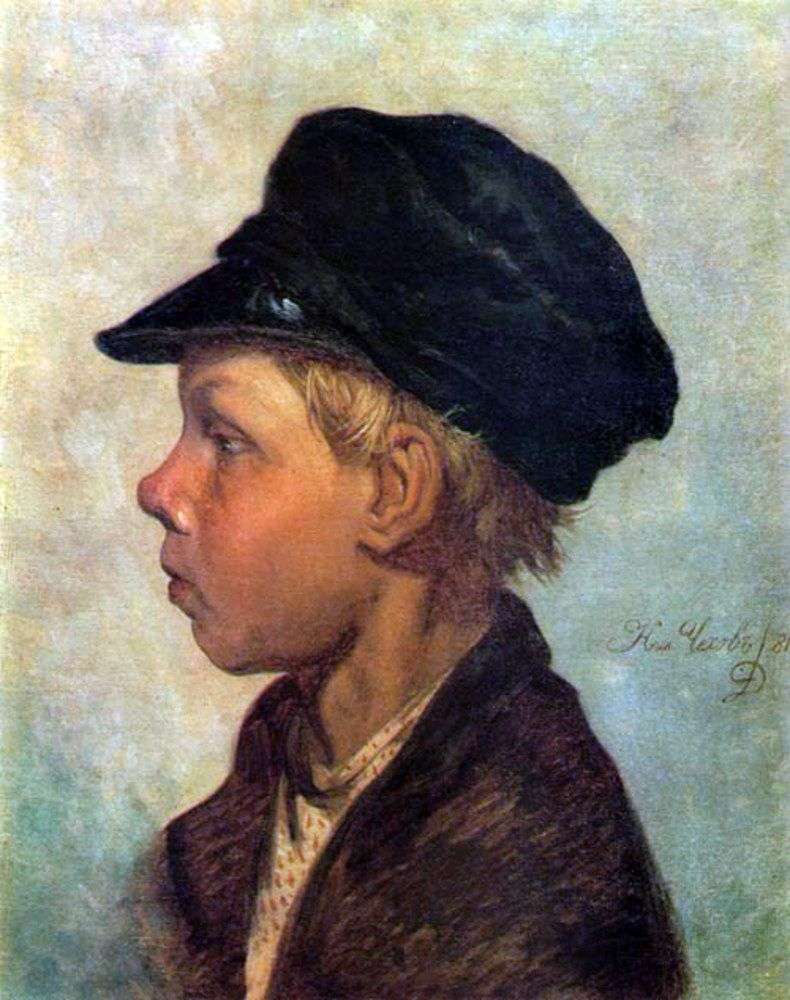
Everyone who reads and loves Chekhov, the picture of his brother, Nikolai Pavlovich, will seem especially curious. After all, until now, a familiar hero who shared his thoughts not only with his grandfather, when he wrote that letter, but also with all the readers, was the image that only imagined. Now Vanka Zhukov came to life, acquired real features. His face perfectly characterizes the image, it becomes more clear what he wrote in the letter, it no longer looks like simple complaints about his life. Through the portrait I saw real feelings and the life of a boy. And this simulation of the character inspired me.
Harmoniously woven into a literary hero, the picture Vanya appears before the viewer is still very small, as for the case on which he was sent to the city. A ten-year-old boy, learning the shoemaker, knew the world from the wrong side. He saw all the hardships, all hardships, beatings and threats. Perhaps his teacher, too, when he was a little boy, lived in the same conditions as our baby, and numerous shovels beat out all kindness and charity from him. And now, he himself does not regret anyone, and sees no reason for complaints. He does not understand that not everyone is able to withstand the same attitude. So little Ivan could not stand it, but he begged his grandfather to take him away from here.
The image of the child the artist carefully describes with brushes. He does not forget about the big cap, as if hinting that this cap, which he was forcibly put on, was not on him. Vanka’s clothes, although large, hang on it, but it should be noted that N. P. Chekhov shows that she is clean. It can be seen that the child has got used to work since early childhood, and, despite his employment, tries to put himself in order. The most important, what the author of the canvas focuses on is the child’s view, and the person expressing doom and longing. He misses his grandfather, in the village, in his old life. In his lowered eyes there are no tears, he has already ceased to cry. Early growing up, and having managed to become a real man, Vanka learned to look at the world with dreary doom.
The artist used simple things to describe his attitude to the image of the child. Warm colors in clothes and in the background, a gentle blush, childish features: an upturned nose, chubby lips, unruly whirls. This attitude is transmitted to the viewer. So I easily became imbued with sympathy, each detail emphasizing the warmth radiated by this person.
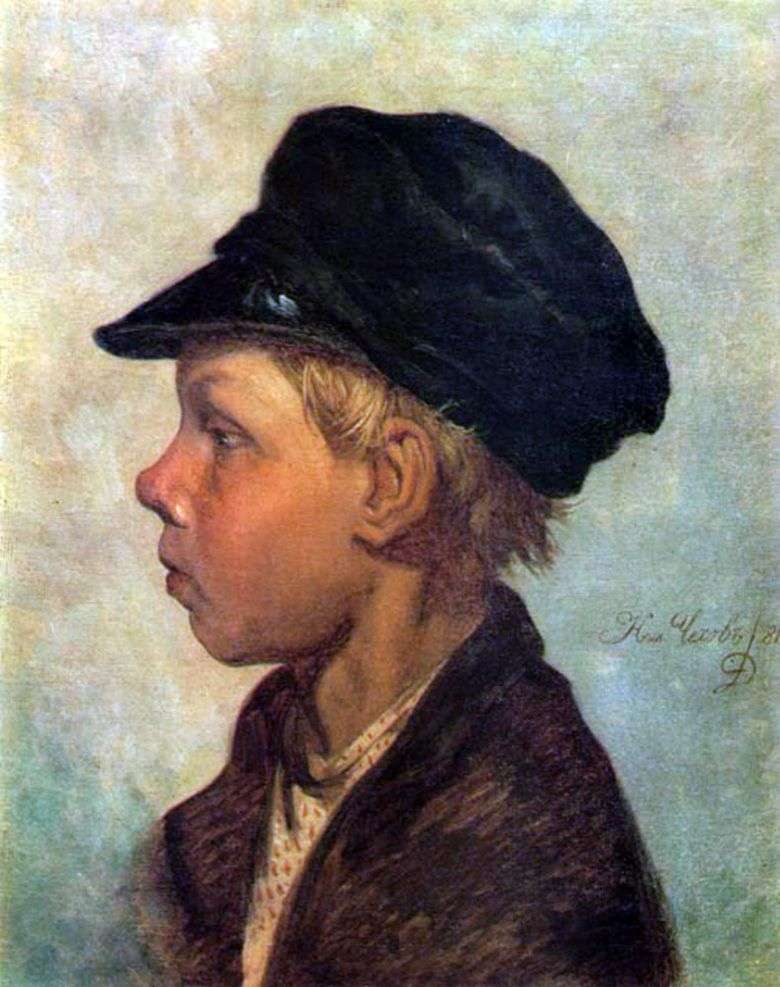 Niño campesino (Vanka Zhukov) – Nikolay Chekhov
Niño campesino (Vanka Zhukov) – Nikolay Chekhov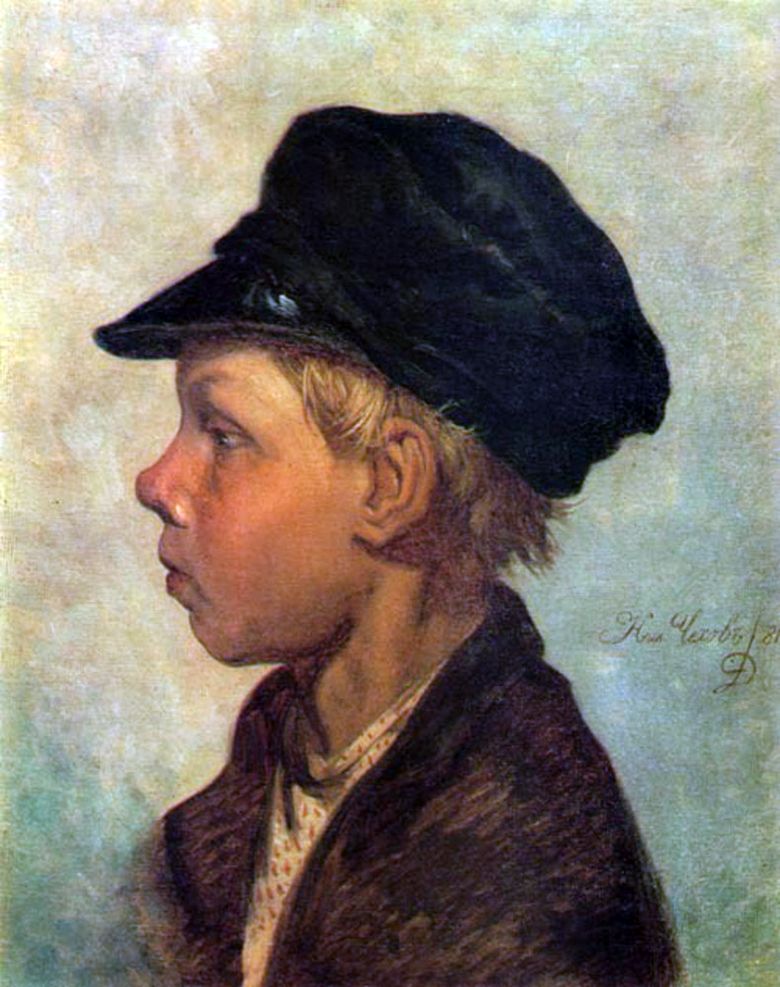 Paysan (Vanka Zhukov) – Nikolai Chekhov
Paysan (Vanka Zhukov) – Nikolai Chekhov Portrait of a peasant woman in a green shawl by Vincent Van Gogh
Portrait of a peasant woman in a green shawl by Vincent Van Gogh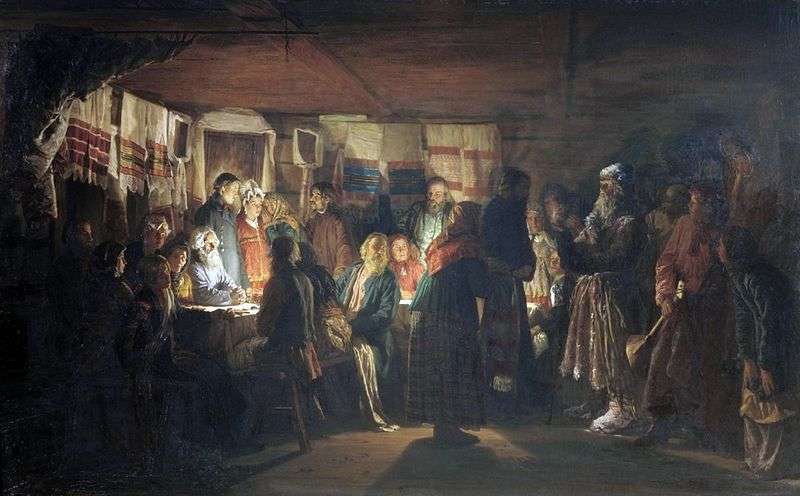 The arrival of the sorcerer on the peasant wedding by Vasily Maximov
The arrival of the sorcerer on the peasant wedding by Vasily Maximov Peasant children by Vladimir Makovsky
Peasant children by Vladimir Makovsky Peasant woman in a green apron by Abram Arkhipov
Peasant woman in a green apron by Abram Arkhipov Breton peasant women by Paul Gauguin
Breton peasant women by Paul Gauguin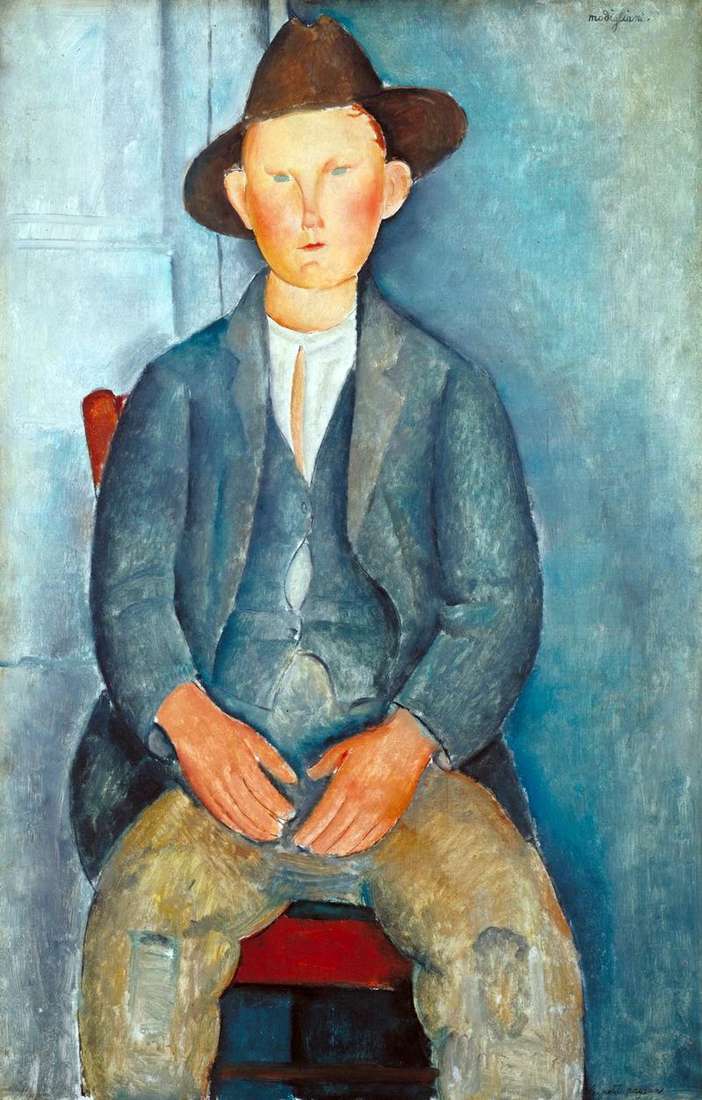 Little Peasant by Amedeo Modigliani
Little Peasant by Amedeo Modigliani